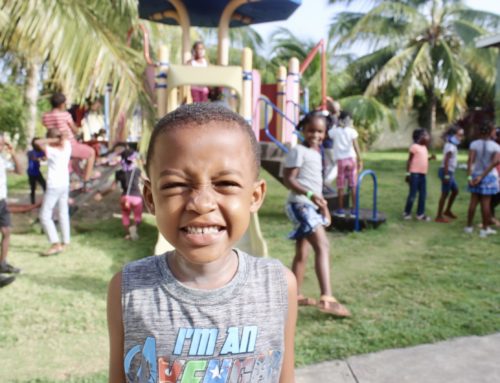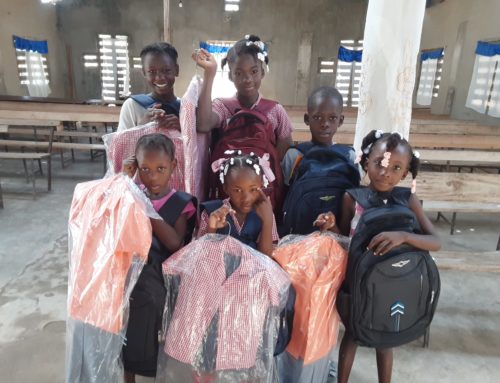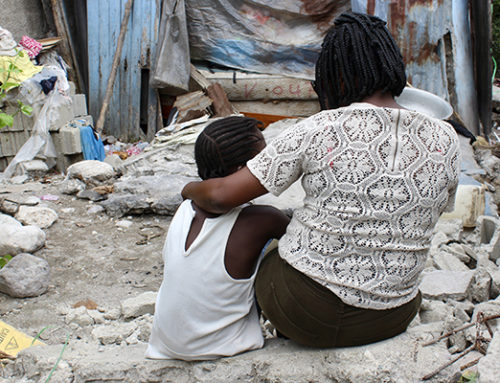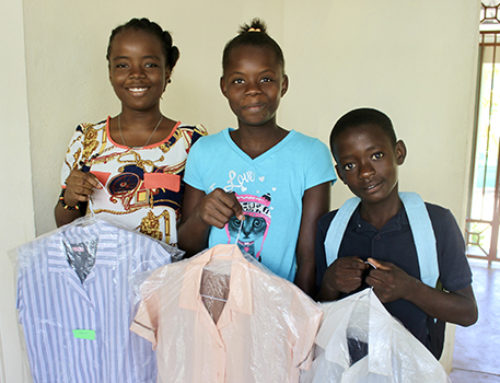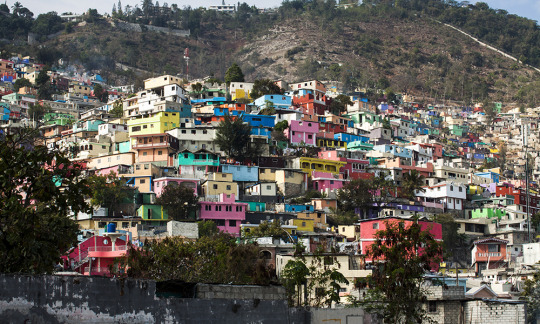
Although Haiti
took a hit in tourism right after the 2010 earthquake, visitor numbers are up,
travel warnings are lifted, and Haiti is once again becoming a popular
destination for travel. Haiti not only has a beautiful landscape with numerous
beaches and mountains, but is also rich in history and vibrant cultural
experiences.
If you have
been thinking about taking your next vacation to Haiti, or are working on
planning the next mission trip for your organization, you have probably been
wondering, “What do I bring?” Here is our list of must-haves when packing for a
trip to Haiti.
Passport—First and foremost, remember
to bring your passport. While a tourist visa is not required to travel to
Haiti, that small, easily forgotten passport is your key in. Put it on your
packing list twice, just so it doesn’t slip your mind.
Water Bottle—Canteens, Nalgenes, and
Camelbaks are great water bottles to travel with. The average temperature in
Haiti is around 80 degrees, although it can feel like 90s, or even 100s at
times. It’s always important to stay hydrated, but it’s especially crucial when
you’re out in the heat for long periods of time.
Hiking Boots and Sandals—With Haiti’s
terrain, you’ll definitely want a pair of shoes that offer support and
protection. Not to mention that, with the streets filling as quickly with water
as they do after a rain storm, you’ll want closed-toe shoes for good hygiene.
Pack a pair of sandals for shower purposes.
Rain Jacket—Haiti’s rainy seasons are
April to June and October to November, so if you are planning your trip during
those months remember to bring a rain jacket. Along these same lines, it is a
good idea to bring a light jacket during any time of the year because it does
tend to get cooler at night.
Sunscreen and Sunglasses—Packing
sunscreen and sunglasses, along with chapstick and maybe a wide-brimmed hat,
will help you protect yourself from the harsh sun and burns.
Modest, Lightweight Clothing—Generally,
Haitians dress modestly compared to Western cultures, so we suggest leaving the
bikinis and short shorts at home.
Mosquito Repellent—If these insects
weren’t maddening enough, there have been malaria cases caused by mosquitos in
Haiti. Malaria typically shows symptoms, such as fever, chills, and sweating, a
few weeks after being bitten. Most people take preventative medicines before
traveling to places where malaria from mosquito bites is a risk. However, even
if you do take this precaution, it doesn’t hurt to double up with repellent or
mosquito nets to ensure that you don’t get bit.
Flashlight—Lighting, or even electricity
for that matter, isn’t the most reliable in Haiti. It’s good to pack a
flashlight with some extra batteries just in case you find yourself in a
situation where additional light could come in handy.
Camera—This suggestion might go without
saying, but Haiti is just too picturesque to leave your camera at home!
This list
doesn’t include your generic packing list such as any prescriptions you are
taking, cash, socks, undergarments, etc. However, we feel that this list
represents the most easily forgotten or overlooked items that are a “must” when
traveling to Haiti.
Haiti is
beautiful, and makes for a great travel destination, but one doesn’t have to
travel far within the country to become aware of its struggles. Visitors can
still see traces of devastation from the earthquake as Haiti continues to
rebuild fractured and fragile pieces. An overwhelming majority of Haitians are
living in poverty. Children born into impoverished families are more likely to
be sent into restavek, a form of modern-day child slavery.
As an
organization, our hearts are attached to Haiti and the people there, and that
is why we are so passionate about ending child slavery in Haiti.
If you are interested in hearing more about how
we are fighting to end slavery,




